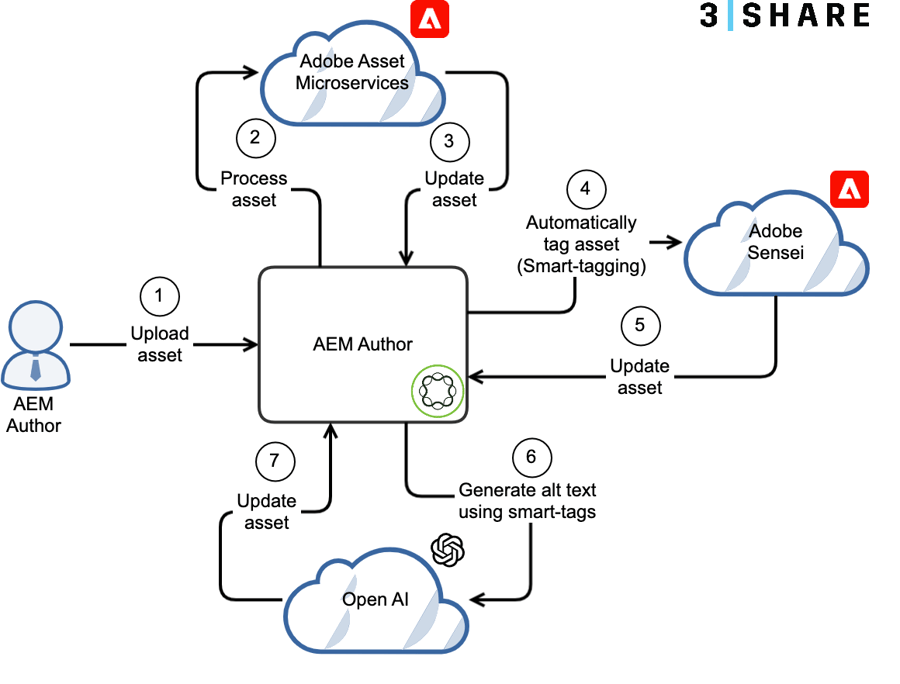Latest Articles
When to Use Content Fragments vs Experience Fragments in AEM?
122
3
0
Views
Likes
Replies
Asset Share Commons vs Content Hub: Which Asset Distribution Solution Fits Your Needs?
146
1
1
Views
Like
Replies
Top KCS Articles for October 2025, Curated For Your AEM Troubleshooting Pleasure!
149
1
1
Views
Like
Replies
Why Your Sling Filters Don’t Affect Asset Headers in AEMaaCS?
213
3
3
Views
Likes
Replies
Resolve Microsoft Word List Copy-Paste Issues in AEM RTE
338
3
2
Views
Likes
Replies
Rename/Move an AEM Asset programmatically and Update References
316
4
3
Views
Likes
Replies
Top KCS Articles for September 2025, Curated For Your AEM Troubleshooting Pleasure!
340
1
0
Views
Like
Replies
ResourceFilterStream: An Optimized Alternative to Query Builder in AEM
286
1
2
Views
Like
Replies
Data Protection and Recovery Strategies in AEMaaCS
570
1
2
Views
Like
Replies
Top KCS Articles for August 2025, Curated For Your AEM Troubleshooting Pleasure!
641
0
0
Views
Likes
Replies




